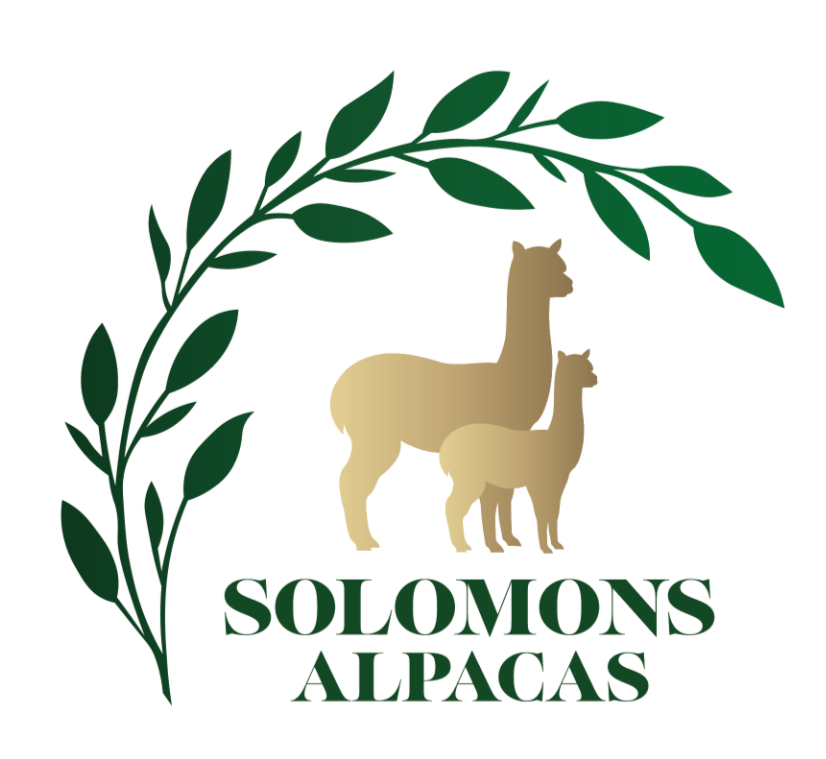The alpaca is a domesticated species of South American camelid, a member of the camel family. Alpacas are closely related to llamas, guanacos, and vicuñas. They are native to the high Andes mountains of South America, particularly Peru, Bolivia, Ecuador, and Chile. Alpacas have been bred for their fiber, which is highly valued for its softness and warmth.
Key features and characteristics of alpacas
Fiber
One of the primary reasons alpacas are raised is for their luxurious fleece, which is known as alpaca fiber. Alpaca fleece is softer and warmer than sheep’s wool and comes in a variety of natural colors, including white, brown, fawn, black, and grey.
Appearance
Alpacas are smaller than llamas, with a compact and sturdy build. They have a distinctive, straight profile and large, expressive eyes. Alpacas come in two breeds: Huacaya and Suri. Huacayas have fluffy, dense fleece, while Suris have long, silky locks.
Behavior
Alpacas are known for their gentle and docile nature. They are social animals that often live in herds and are easily trained. While they may not be as strong as llamas, they are still used for carrying light loads.
Diet
Alpacas are herbivores and primarily graze on grass. They have a three-chambered stomach, similar to other camelids, which helps them efficiently digest fibrous plant material.
Reproduction
Alpacas have a gestation period of around 11 months, and females (known as hembra) typically give birth to a single cria, though twins can occur. The cria is usually up and walking within a short period after birth.
Uses
In addition to their prized fiber, alpacas serve various purposes. Some people raise them as pets, while others use them for their guardian instincts to protect livestock. Alpacas are also becoming popular in therapy programs due to their calm and gentle demeanor.
Lifespan
Alpacas generally live for 15 to 20 years, although some may live longer with proper care.
Summary
Alpacas have gained popularity worldwide, and their fleece is sought after for high-quality textiles. Their ease of care and relatively low environmental impact make them an attractive choice for small-scale farming and sustainable agriculture.
Why not come along and see our herd of alpacas in the UK?

Recent Comments